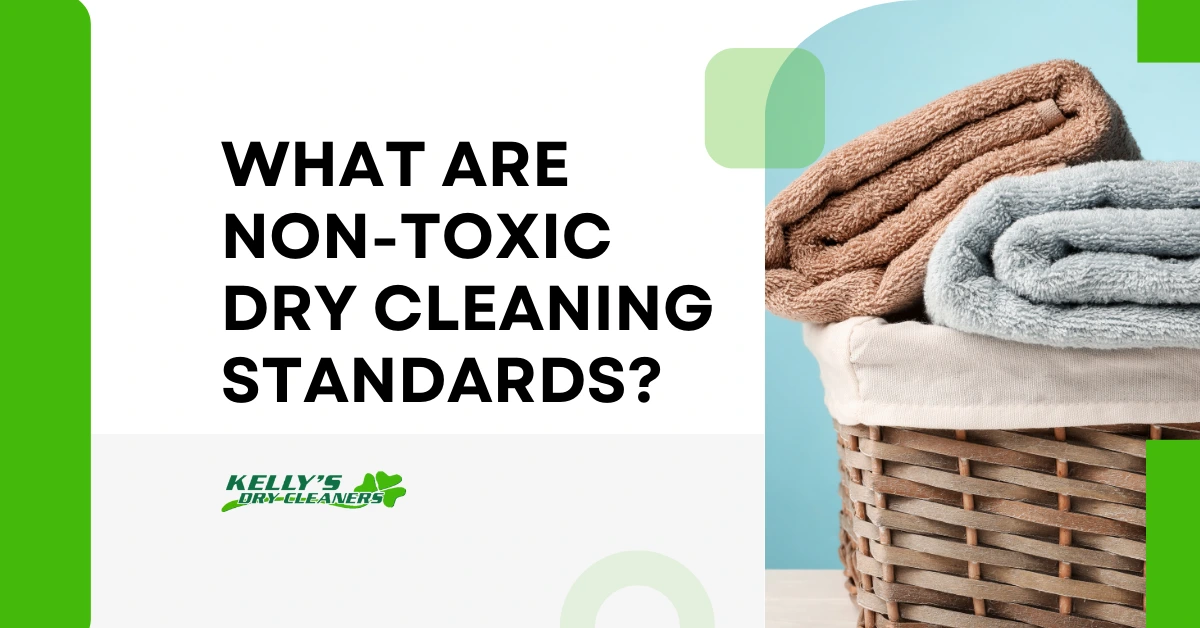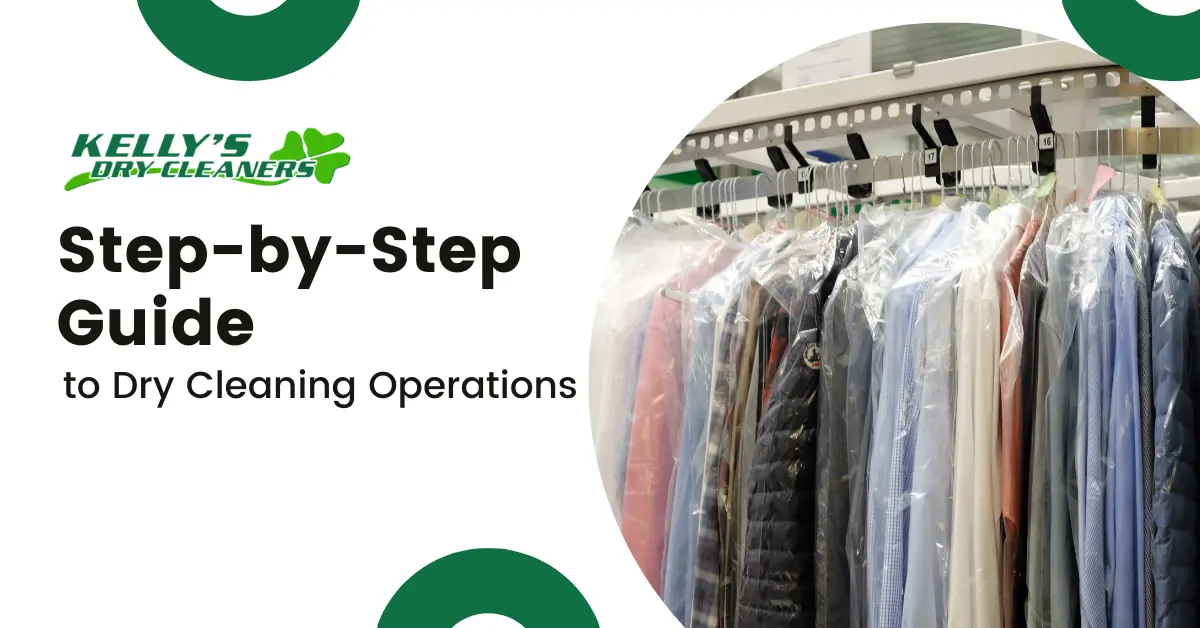10 Reasons to Switch to Eco-Friendly Dry Cleaning Today
Switching to eco-friendly dry cleaning is a smart move for your health and the planet. You’ll reduce harmful chemical exposure, improving indoor air quality and safeguarding your skin. These methods are gentler on fabrics, prolonging garment life while using energy-efficient cleaning techniques that conserve vital resources. By choosing local eco-friendly businesses, you also support your community and promote sustainable practices. Overall, …







